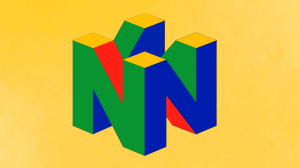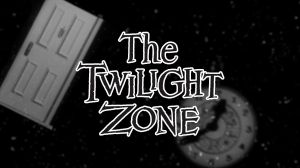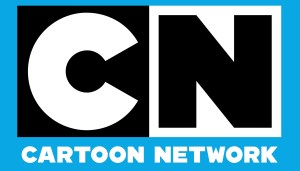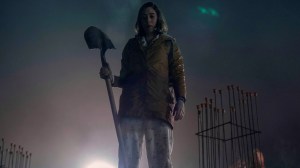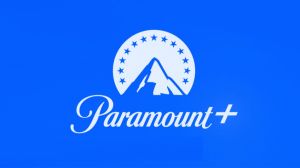Earlier today, HBO Max and Warner Bros. Pictures announced that they would officially release Zack Snyder’s Justice League to the streaming platform in 2021. The move, which has social media melting down, is the end result of over two years of campaigning by fans and some industry professionals to release Zack Snyder’s extended director’s cut of Justice League, the 2017 film on which he was the credited director, but has repeatedly said he has not even seen in its completed form. The story is long and winding — and most of our regular readers likely have a pretty good handle on it — but for anybody seeing those HBO Max ads and wondering what’s going on…well, let’s dig in.
Videos by ComicBook.com
Following the box office successes of Man of Steel and Batman v Superman: Dawn of Justice, filmmaker Zack Snyder (Dawn of the Dead, 300) was tapped to direct a feature film version of Justice League, which would bring together Superman (Henry Cavill), Batman (Ben Affleck), Wonder Woman (Gal Gadot), The Flash (Ezra Miller), Aquaman (Jason Momoa), Cyborg (Ray Fisher), and other DC heroes and villains. In the film, the League faced off against Steppenwolf (Ciaran Hinds), who attacked Earth on behalf of Darkseid after Superman’s death in Batman v Superman left the world “unprotected.”
At some point in 2017, Snyder reportedly screened an assembly cut of the movie for Warner Bros. executives. Later reports have claimed that this screening was not well received, although at the time the consensus was that the movie was a step in the right direction. You see, while Man of Steel and Batman v Superman had nominally made a ton of money, neither one quite made what Warner Bros. had hoped — and critics were brutal with them, particularly Batman v Superman. There was a sense that DC’s interconnected film universe was headed in the wrong direction, which pervaded a lot of the film “discourse” online and was not unheard within Warner Bros. management.
On March 12, 2017, Zack Snyder’s 20-year-old daughter Autumn died by suicide. After a brief period of throwing himself into the work in the hopes of completing the movie and distracting himself from grief, Snyder and Warner Bros. decided that the filmmaker would step away from Justice League, with Warner selecting Marvel’s The Avengers director Joss Whedon — said to be an old friend of Snyder’s — to complete the movie. The narrative around the project was that it was going to continue to be Snyder’s movie, and that Whedon was essentially just helping a friend through a difficult time.
The movie, though, came in with a much shorter runtime than Snyder’s previous DC films, in spite of having to balance so many characters. Rumors immediately started that, in addition to reshoots to fill in missing gaps and improve select takes, Whedon had worked with the studio to alter the tone and plot of the movie, as well as shortening it. The shorter run time was likely at least in part because poor reviews and mediocre audience scores for Batman v Superman meant that the movie opened up with a massive first weekend, but dropped significantly. In case that happened again, Warners likely wanted to hedge their bets by having as many butts in those first-weekend seats as possible by having a shorter movie and, therefore, more screenings per day.
Ultimately, in spite of everything fans were hearing about how the studio and Whedon had made the film their own, Snyder was the sole credited director on Justice League. Snyder laid low for a while after the film’s release, which was met with middling reviews and an embarrassingly low box office. That the movie bombed was not much of a surprise, and it shook Warners’ faith in the DC brand. None of this was helped by the fact that Warner and DC had both had a number of significant management changes in the intervening time; as of 2020, a lot of the people who were probably in that 2017 screening for executives simply no longer work there.
Fans’ calls to release Snyder’s vision of the movie were loud, frequent, and eventually supported by members of the cast, the crew, and by Snyder himself, who rarely instigated, but always supported, their efforts. He took to a small social media platform called Vero, founded by a friend of Snyder’s who had appeared in a cameo role in Batman v Superman, to tease scenes, characters, and subplots he had planned but which were removed from the studio’s theatrical cut. “Snyder Cut” fans became omnipresent in social media threads about all things DC, Warner Bros, and eventually HBO Max, the streaming platform that Warner really, really wants to succeed.
The longer the “Snyder Cut” movement went on, and the more celebrities who chimed in on Snyder’s behalf, the most likely it seemed that Warner would eventually relent and release something. Snyder’s detractors, including many who work in comics and the media, argued that an assembly cut is far from a completed movie, and that nobody wanted to see a five-hour Justice League movie regardless of who directed it. Snyder eventually countered that argument by saying that his cut was “real” and giving it a specific runtime of 214 minutes. Some of that runtime, he acknowledged, was filled by animatics and storyboards, especially when characters like Darkseid and Martian Manhunter had not yet appeared in the film at all.
Around the same time as the “214” announcement, Snyder sold a t-shirt and hat to benefit the American Foundation for Suicide Prevention. Using the branding of “Zack Snyder’s Justice League,” that terminology became the rumored “official” name of the cut — something that proved true today when HBO Max chose “Zack Snyder’s Justice League” as the title and #ReleaseTheSnyderCut as the hashtag for their announcement.
Zack Snyder’s Justice League is coming to HBO Max in 2021.

